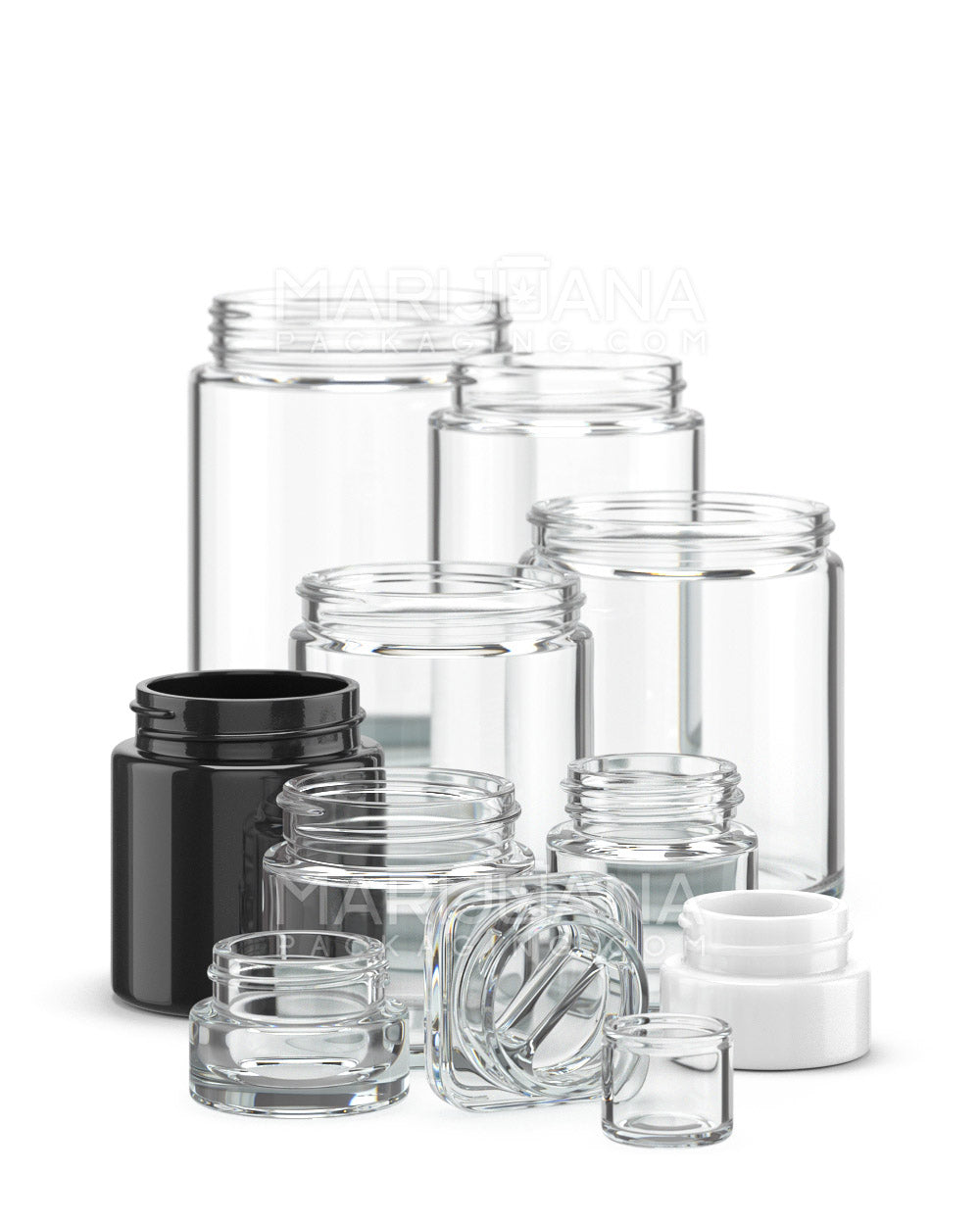Marijuana is a topic that captures the imaginations of many, yet there's often some confusion about the plant behind it all. Whether you're new to marijuana or just looking to expand your knowledge, understanding the plant that produces marijuana is a fascinating journey.
In this article, we'll explore everything you need to know about the cannabis plant, the botanical wonder that gives us marijuana. We'll cover its origins, how it grows, the differences between various strains, and much more. Let's get into it!
The Cannabis Plant: An Overview
The cannabis plant, often simply called marijuana, is a member of the Cannabaceae family. It's a flowering plant that has been cultivated for thousands of years, both for its psychoactive properties and its industrial uses. The plant is known for its characteristic leaves, which feature a serrated edge and a distinctive shape.
Cannabis is primarily divided into three species: Cannabis sativa, Cannabis indica, and Cannabis ruderalis. Each species has unique attributes, affecting everything from growth patterns to the effects experienced when consumed. While Cannabis ruderalis is less commonly used for recreational or medicinal purposes, the other two are the stars of the show.
Interestingly enough, the cannabis plant is dioecious, meaning it has separate male and female plants. It's the female plants that produce the buds rich in cannabinoids such as THC (tetrahydrocannabinol) and CBD (cannabidiol), which are responsible for the plant's psychoactive and therapeutic effects. Male plants are primarily used for breeding and producing seeds.
The Origins of Cannabis
Cannabis has an ancient history that traces back thousands of years. The plant is believed to have originated in Central Asia, with archaeological evidence suggesting its use in China as far back as 2,500 years ago. From there, it spread to different parts of the world, adapting to various climates and cultures along the way.
In ancient times, cannabis was used for a variety of purposes. In China, it was cultivated for its fibers, which were used to make textiles and paper. In India, the plant was used as part of religious rituals and for its psychoactive effects. Its spread continued through trade routes, reaching Europe, Africa, and eventually the Americas.
Today, cannabis is grown worldwide, with different regions developing their unique strains and cultivation techniques. The plant's rich history and adaptability have contributed to the wide array of strains and products available today.
How Cannabis Grows
Growing cannabis is both an art and a science, requiring attention to detail and an understanding of the plant's needs. Cannabis plants can be grown indoors or outdoors, each method offering its benefits and challenges.
Outdoor growing allows the plant to thrive in its natural environment, benefiting from sunlight and fresh air. However, it also exposes the plant to weather conditions and pests. Indoor growing offers more control over the environment, allowing growers to manipulate light, temperature, and humidity. This can lead to higher yields and quality but often requires more resources and expertise.
Cannabis plants go through several growth stages, each requiring specific care:
- Germination: This is the initial stage where seeds sprout and develop into seedlings.
- Vegetative Stage: The plant focuses on growing leaves and stems. Proper lighting and nutrients are crucial during this phase.
- Flowering Stage: The plant begins to produce buds. It's important to adjust the light cycle to encourage flowering.
- Harvesting: Once the buds are mature and reach the desired potency, it's time to harvest.
Understanding these stages helps growers optimize their approach, ensuring healthy plants and a bountiful harvest.
The Different Strains of Cannabis
One of the most exciting aspects of cannabis is the wide variety of strains available. Each strain offers a unique combination of flavors, aromas, and effects, making it possible to find something perfectly suited to individual preferences.
Strains are often categorized into three main types: Sativa, Indica, and Hybrid. Here's a quick look at what each type typically offers:
- Sativa: Known for its uplifting and energetic effects, Sativa strains are often associated with creativity and social activities. They tend to have higher THC levels and are popular for daytime use.
- Indica: These strains are known for their relaxing and calming effects, often used for stress relief and sleep. Indica plants are shorter and bushier, with higher CBD levels.
- Hybrid: As the name suggests, hybrids are a mix of Sativa and Indica, offering a balance of effects. They can be tailored to produce specific results, depending on the combination of parent strains.
When choosing a strain, it's important to consider personal preferences, desired effects, and the context in which the cannabis will be used. This variety is part of what makes cannabis so versatile and appealing.
THC, CBD, and Other Cannabinoids
When it comes to cannabis, cannabinoids are the compounds that make it all happen. THC and CBD are the most famous cannabinoids, but they're only the tip of the iceberg. Cannabis contains over 100 different cannabinoids, each contributing to the plant's effects in unique ways.
THC (Tetrahydrocannabinol): This is the cannabinoid responsible for the psychoactive effects of marijuana. It's what gives you that "high" feeling. THC interacts with the brain's cannabinoid receptors, affecting mood, memory, and perception.
CBD (Cannabidiol): Unlike THC, CBD doesn't produce a high. Instead, it's known for its potential therapeutic benefits, such as reducing anxiety, pain, and inflammation. CBD is often used in products aimed at promoting wellness and relaxation.
Other cannabinoids like CBG (Cannabigerol) and CBN (Cannabinol) are gaining attention for their potential benefits. Each cannabinoid interacts with the body's endocannabinoid system differently, offering a wide range of effects and uses.
Understanding cannabinoids allows consumers to make informed choices when selecting cannabis products, whether for recreational or medicinal purposes.
The Role of Terpenes
Terpenes are aromatic compounds found in cannabis that contribute to its scent, flavor, and effects. They're not unique to cannabis; terpenes are found in many plants, including fruits and herbs.
In cannabis, terpenes work alongside cannabinoids to create the plant's unique effects, a concept known as the "entourage effect." Different terpenes have different effects, and they can enhance or modify the effects of THC and CBD.
Some common terpenes in cannabis include:
- Myrcene: Known for its earthy, musky aroma, myrcene is thought to have relaxing effects.
- Limonene: With a citrusy scent, limonene is believed to elevate mood and reduce stress.
- Pinene: This terpene smells like pine and may help improve focus and alertness.
- Linalool: Often found in lavender, linalool has a floral aroma and is thought to promote relaxation.
Exploring terpenes adds another layer of depth to cannabis, allowing users to tailor their experience even further.
Legal Aspects of Cannabis in the United States
The legal landscape of cannabis in the United States is complex and ever-changing. While marijuana remains illegal at the federal level, many states have legalized it for medical or recreational use. This patchwork of laws means that what is legal in one state may not be in another.
For example, states like Colorado and California have legalized recreational marijuana, allowing adults to purchase and use it. Other states, such as Texas and Idaho, have stricter laws, prohibiting recreational use and limiting medical use to specific conditions.
It's important for anyone involved with cannabis, whether as a consumer or in the industry, to stay informed about the laws in their area. This includes understanding regulations around growing, selling, and consuming cannabis, as well as any restrictions on advertising and packaging.
While navigating these legal waters can be challenging, it's essential for ensuring compliance and avoiding potential legal issues.
How to Cultivate Cannabis Successfully
Cultivating cannabis is a rewarding endeavor that requires knowledge, patience, and attention to detail. Whether you're growing a few plants for personal use or managing a large-scale operation, some fundamental principles apply.
First, selecting the right strain is crucial. Consider factors like climate, available space, and desired effects. Some strains are better suited for indoor environments, while others thrive outdoors.
Next, focus on creating the ideal growing environment. Cannabis plants need the right balance of light, temperature, and humidity. Indoor growers often use specialized lights and ventilation systems to mimic natural conditions. Consistent watering and nutrient feeding are also key to healthy, robust plants.
Pruning and training techniques, such as topping or low-stress training, can help maximize yields by encouraging more bud sites. Monitoring for pests and diseases is also important, as early detection can prevent significant damage.
Finally, harvesting at the right time is essential for ensuring the best quality buds. Trichomes, the tiny resin glands on the buds, are a good indicator of ripeness. When most trichomes are milky with a few turning amber, it's usually time to harvest.
With the right approach, cultivating cannabis can be a fulfilling and productive hobby or profession.
Packaging and Branding in the Cannabis Industry
Packaging and branding play a significant role in the cannabis industry. With growing competition, standing out on the shelf is more important than ever. Effective packaging not only attracts customers but also ensures compliance with legal requirements.
Packaging must be child-resistant and tamper-evident, with clear labeling that includes product information, ingredients, and THC/CBD content. Different products require different packaging solutions, from airtight jars for flower to discreet containers for edibles.
Branding is about creating a unique identity that resonates with consumers. This involves designing logos and packaging that reflect the brand's values and target audience. A strong brand can build loyalty and differentiate a product in a crowded market.
As the industry evolves, sustainable packaging is becoming increasingly important. Eco-friendly materials and practices not only appeal to environmentally conscious consumers but also contribute to a positive brand image.
Successful packaging and branding require creativity, strategy, and an understanding of market trends. It's about making a memorable impression that keeps customers coming back.
Final Thoughts
The cannabis plant is a remarkable organism with a rich history and a wide range of uses. From its origins and growth to the intricate world of cannabinoids and terpenes, there's so much to learn and appreciate about this plant.
Whether you're interested in cultivation, consumption, or the business side of cannabis, understanding the plant is key to making informed decisions. And speaking of business, if you're looking for packaging solutions, Gamut offers a full spectrum of options to help your brand stand out. From stock options to custom designs, Gamut's expertise in packaging can help make your product unforgettable. Explore what they have to offer and see how they can help your brand shine in the competitive cannabis market.



















